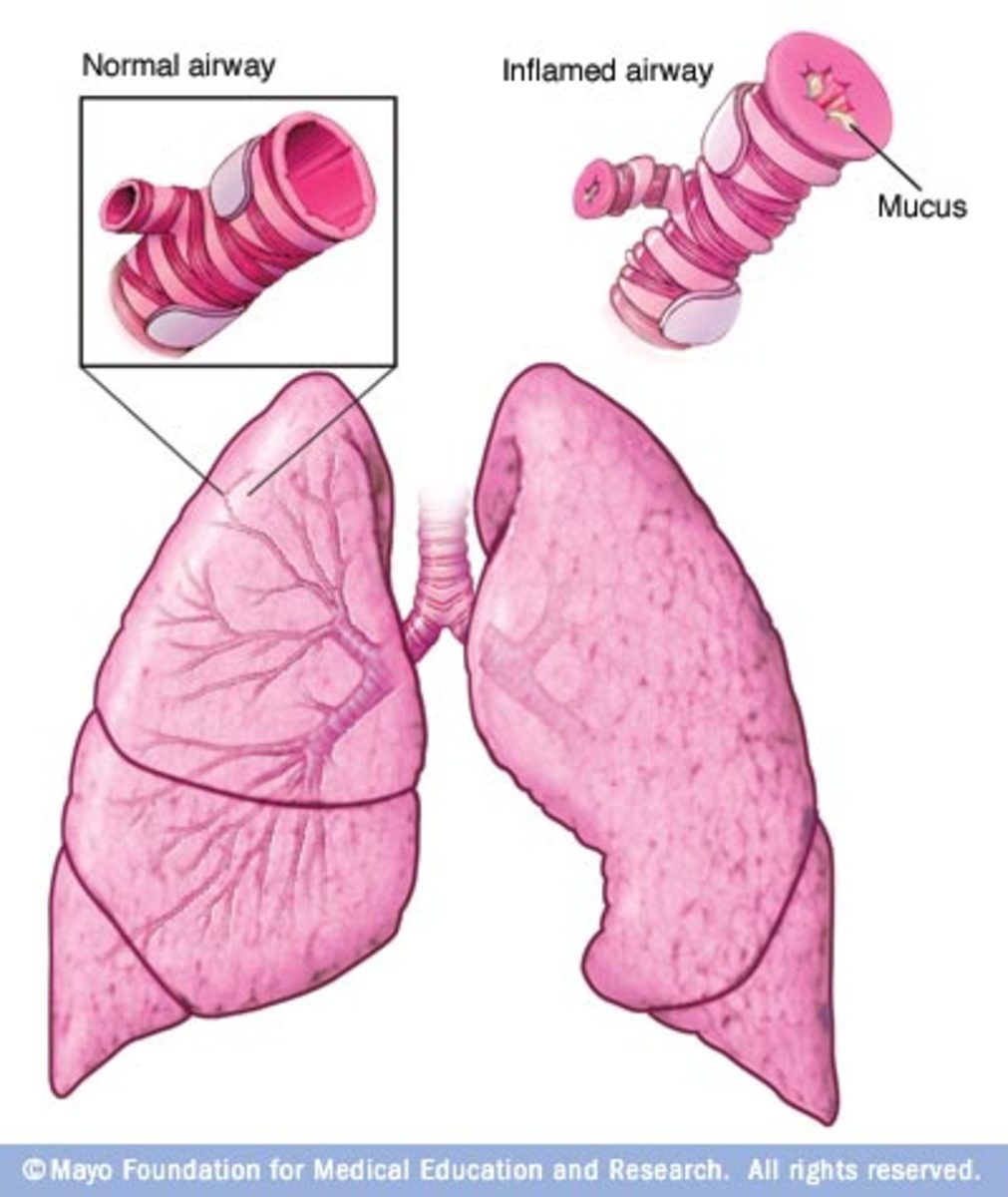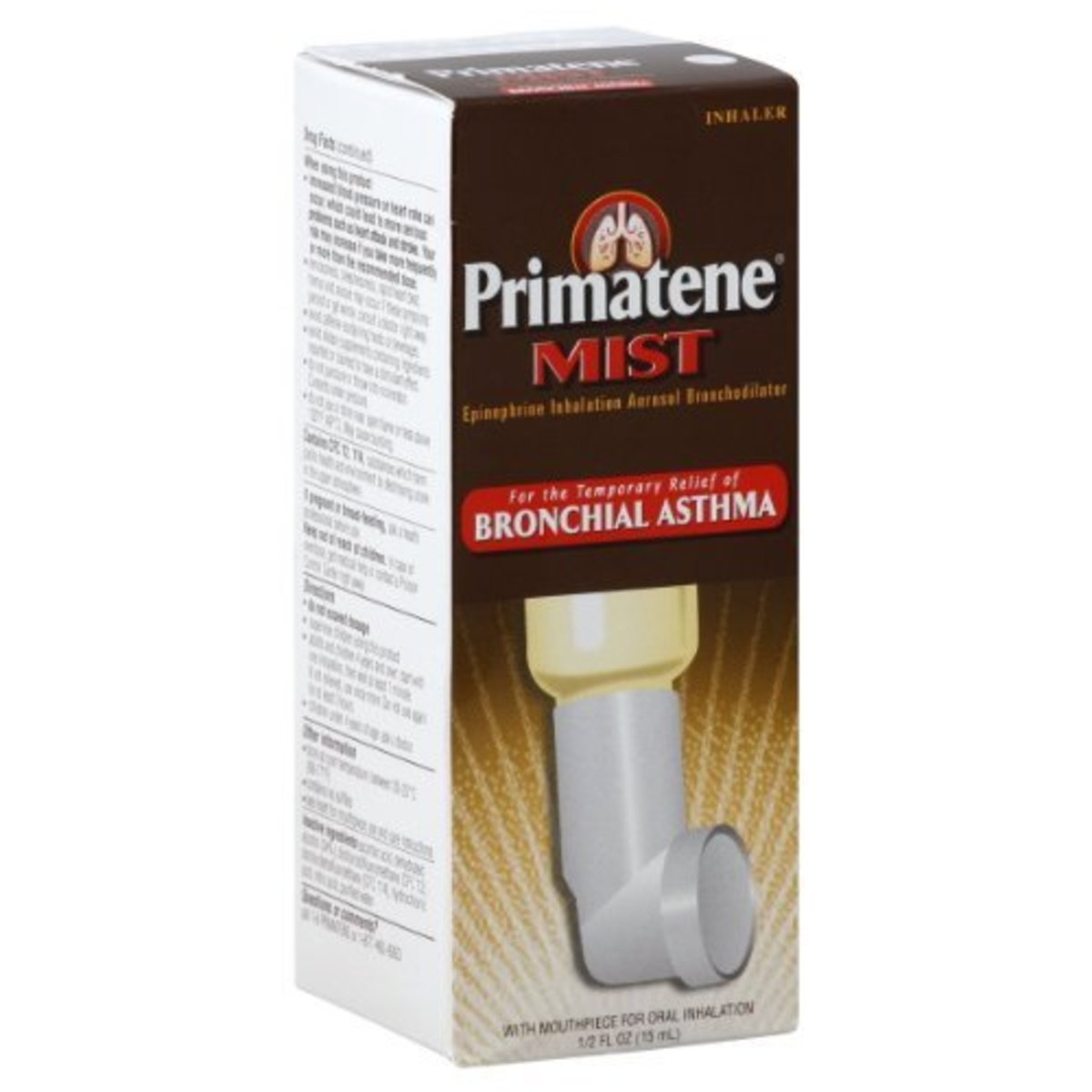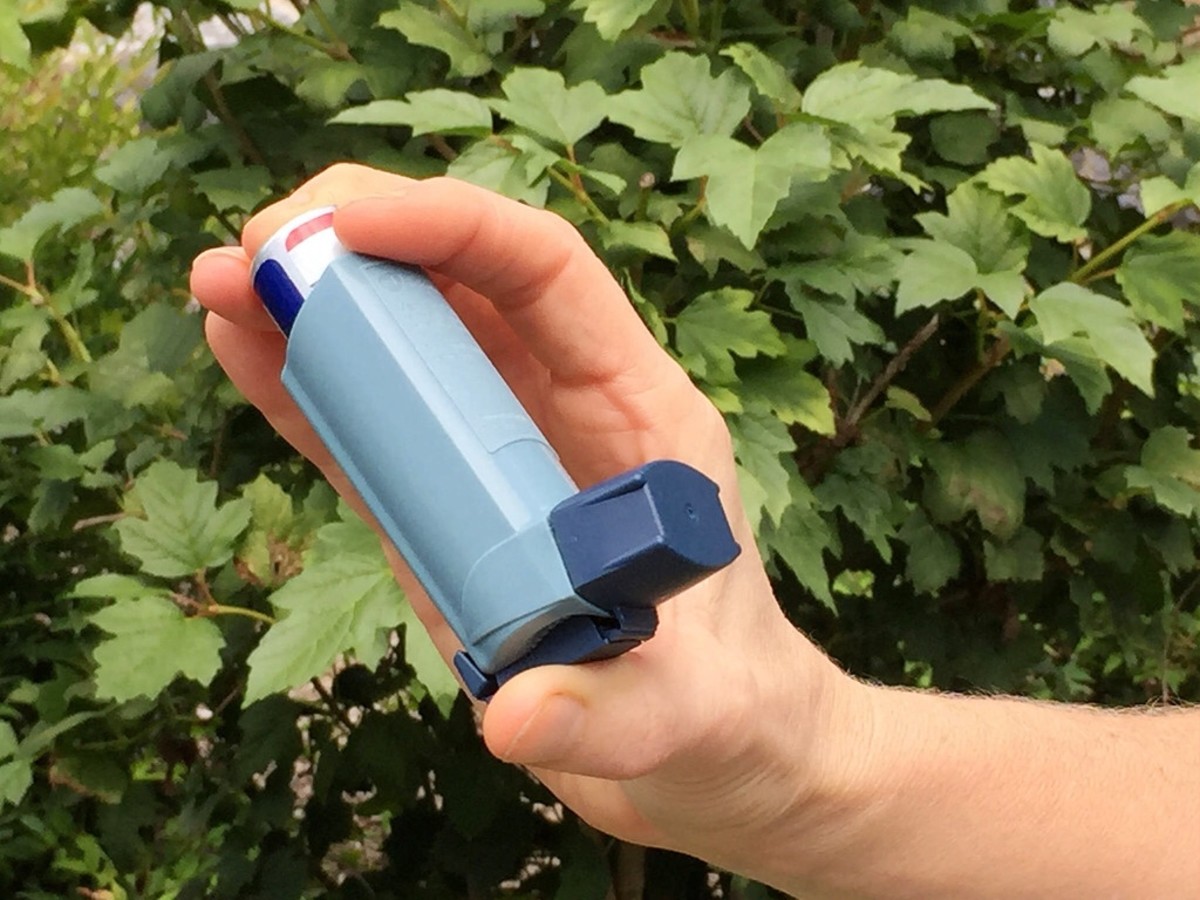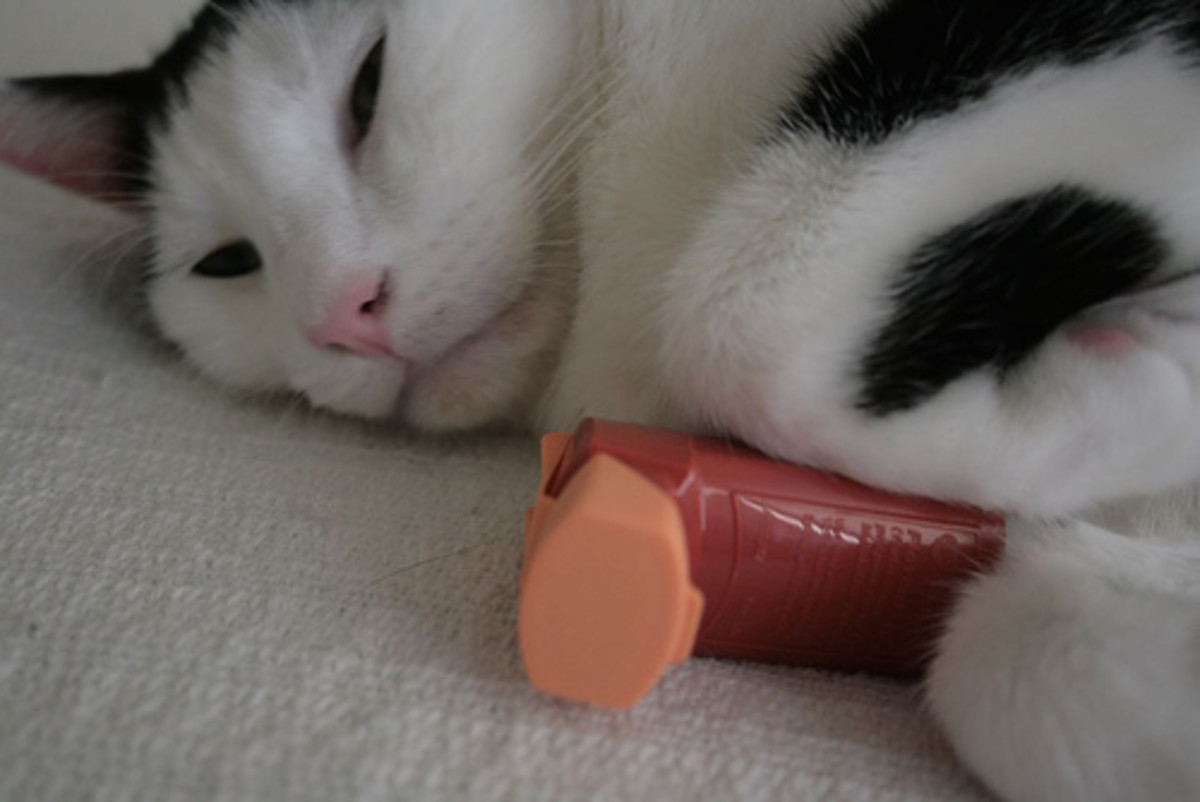Tips For Running With Asthma
I was diagnosed with asthma at around twelve years of age. For a long time, I felt too discouraged to take part in sports or many physical activities. As I got older, I learned that one of the best ways to manage my asthma with minimal medication is to stay as physically fit as possible. Over the past couple of years, I’ve started running, and I’ve learned a few things fellow asthmatics might find helpful.
Two Essentials For Running With Asthma
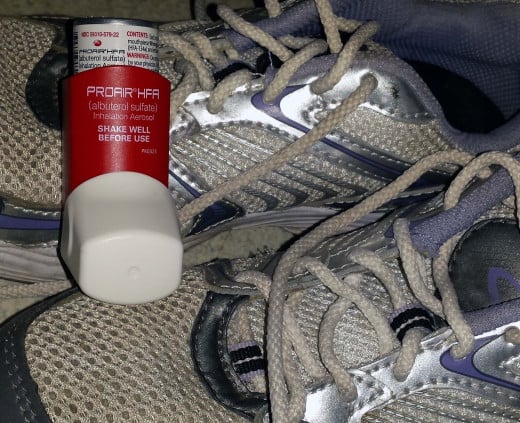
Listen to Your Body
The majority of fitness material out there is geared towards people who don’t have a chronic disease, like asthma. Because of that, the emphasis is often to push yourself beyond your limits. There are sayings like, “If it doesn’t hurt, you’re not doing it right” floating all over the place. That’s not always a good idea, especially if that pain is related to your asthma.
One of the most infuriating asthma triggers is exercise. The added stress on your lungs can make the bronchial tubes seize up, resulting in an attack. Since that’s exactly what happens when I start running after a break, I pay close attention to my breathing. If my chest starts tightening up, I slow to a walk until I can catch my breath. Usually, that prevents attacks while slowly building my stamina at the same time.
Of course, everyone gets sick from time to time. The best thing to do when you fall ill is to take a break until you’re better again. Once you’re healthy again, you can work on getting back to your previous fitness level. Always go slow at first, and as you feel stronger, push yourself harder. If you're too hard on your body, you risk worsened symptoms and possible injury.
When you do start running, it’s best to start a walk/run cycle. Set yourself some goals, at first. Once you’re warmed up, spot a landmark and vow to run to it. If you feel you feel your lungs tightening before you get there, slow to a walk and let yourself catch your breath.
Don’t feel bad about not reaching the landmark, but it’s important to spot it, so you can aim for it in the future. It’ll be hard work, but feeling healthy is worth it.
Once you’ve build your endurance up, you can start aiming for running for a set period of time.
It’s different for each person, and the goal is to be the healthiest you can be, and you can’t do that if you hurt yourself or make yourself sick in the process.
If you do feel an attack coming on, take a rest and your inhaler, if needed. If something doesn’t feel right, odds are, it’s not. Listen to your body and be kind to it.
What type of exercise do you prefer?
Talk to Your Doctor
Your doctor should be able to give you advice on how to use your medication for preventing an attack, and the best ways to improve your breathing.
For instance, if you’re on a twenty four hour maintenance medication, you may not need to use your rescue inhaler 15 minutes before the work out. On the other hand, your doctor may still recommend you take that step.
However, if you only have the rescue inhaler, you may need to use it. When using your rescue inhaler like this, always wait fifteen to twenty minutes before starting exercise. That will allow your body to acclimate to the medication, and most side effects to subside.
Your doctor may also be able to give you ideas about how to further avoid triggers when you’re not running. I’ve discovered that wearing a dust mask while I’m cleaning cuts down my attacks dramatically, as do certain allergy medications or supplements when my allergens are at their peak.

Warming Up and Cooling Down
Something I can agree with completely in all of the fitness articles I’ve read is how vital warming up and cooling down is.
Warming up helps prevent soft tissue injuries, like pulled muscles and tendon problems. It also allows your lungs and heart to get used to increased activity, which can prevent an attack and the associated discomfort. Cooling down can help decrease muscle soreness, because it helps lactic acid flush out of the muscle fibers.
Warming up usually consists of stretching the muscles in your legs, belly, back and upper body. Before running, walk for at least five minutes. Once your run is finished, it’s time to cool down. Walk again for at least five minutes, and then repeat the stretches from the beginning of your workout. A cool shower might also help with any inflammation.
Running Checklist
What to carry
| Why
|
|---|---|
Rescue medication
| In case of an attack or severe allergic reaction
|
Water (especially in summer)
| To stay hydrated, prevent heat related illness and lower your chances of an attack
|
Cell phone
| To call for help if you need it
|
Mask/scarf (in winter)
| To prevent a cold induced attack
|
Carry Your Emergency Medicine
Even if you took your rescue inhaler before going out, it’s still a good idea to carry it with you when you’re out on the trail. If I’ve learned one thing from having asthma as long as I have, it’s that you never know when certain triggers will set you off. If you have insect sting allergies, carry an EpiPen just in case, as well.
I also advise carrying a cell phone with you in case of emergencies. If your lungs do act up, and the medication doesn’t work as it should, it’s best to have a way to get in touch with someone who can help you out.
The problem is easily remedied by picking up a running belt, or selecting running clothing with pockets. Running belts are nice in the summer months because you can wear them with any outfit. They fit snuggly to your body, and shouldn’t let your things jostle around as you go.
Drink Water
I know this is a tired adage, but staying hydrated helps bring the incidence of asthma attacks down, and boosts your health in general. Drinking plenty of water also helps avoid the pain associated with overworked muscles, as well.
Although energy drinks are popular, if you are going to drink them, it’s a smart idea to dilute them first. The electrolytes they provide are necessary for survival, but they can be too concentrated for your system to handle well.
Personally, I prefer fruit juices to energy drinks, because the fewer the artificial chemicals in my body, the better my breathing seems to be. To each their own.
If possible, carry a water bottle with you while running in the heat.

Dress For the Weather
Air temperature can also be a trigger for asthma. It’s a good idea to keep an eye on the forecast, so you can try running when the temperature is ideal. That’s not always possible, though, especially in the summer and winter months.
In the summer, always wear clothing that can breathe and will keep moisture off your skin. Cotton is usually a good bet, and most specialty workout clothing will say on the label whether it pulls moisture away or not. This type of clothing will help you avoid things like chafing and heat rash, while keeping you cool.
Since my asthma is cold triggered, I prefer running in the summer. That makes it difficult to carry my inhaler, keys and phone with me, because most women’s clothing caters to appearance rather than function. That means no pockets. My solution was to purchase a running belt that can carry what I need.
Wintertime calls for long, insulated pants and a jacket. Jackets usually have pockets, and some of them may have zipper closures on the pockets. I look for this feature, because that prevents what I’m carrying from flying out when I run.
When running in cold weather, it’s vital to cover your mouth and nose, as well. Ski-masks do this well, but you can wear a scarf and tie it around your head if you don’t have one. Keeping fabric over your nose and mouth will warm the air more before it enters your lungs, which will prevent them from tightening in response to the cold. That, in turn, can prevent an attack.
In some places, temperatures become too extreme to run at all. Those days, stay in and explore other fitness options, if you’d still like to exercise. I’ve had great luck with Pilates and Yoga. It’s always better to stay safe than risk injury.
Although running may be a bit more difficult to do for people with asthma, it’s still one of the best ways to increase your lung function and overall health.

Trigger Management Tips from a Veteran Asthmatic
- Asthmatic? Manage Your Triggers With These Tips
Asthma symptoms can be frightening, extremely uncomfortable and potentially deadly. Learning how to manage your attack triggers will help you live life the way you see fit.
© 2015 Emilie Peck

